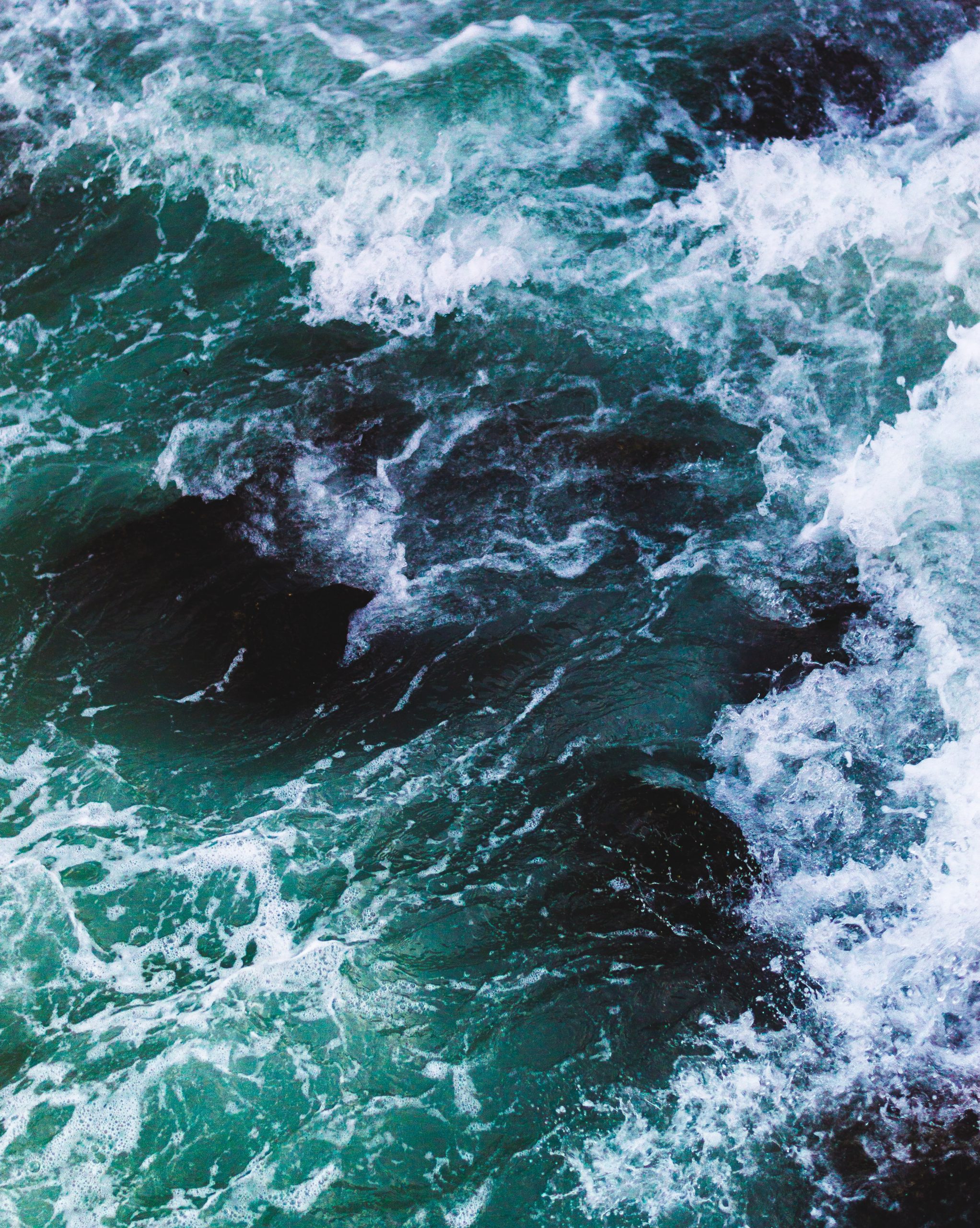
Choppy Water boating is a skill.
How you handle choppy water is a skill that you need to develop if you want to enjoy boating. This article, which I found, covers the basics of boating safely through chop.
Many boats handle choppy water different, so know your boat type.
Power boats are designed with rough water in mind. Hull designs such as the deep V and even double hulls have made choppy waters less of a problem, but the burden is on the captain, that’s you, to get it right. Well designed boats are half the equation; the other half is you.
Choppy Water Basics:
1. Batten down. No matter how skillfully you maneuver your boat, if loose equipment and just plain stuff litters the boat you may be in for an expensive experience, not to mention danger. Debris flying around a boat can damage the vessel and injure the people aboard. Simply stowing things into compartments is a good first step. Some experienced boaters keep a few old towels aboard as stuffing material to keep things in place. Of course there are some Items that you need to keep handy such as binoculars. Velcro fasteners are a great way to keep these things in place. It almost seems that the Velcro people make this stuff for boating.
Good seamanship dictates that you prepare your vessel for rough water even when things are calm. Boats should be ready for the water to turn to chop.
2. Watch your speed. Power boats can go very fast, but sea conditions may dictate the you go slowly. Handling power boats in chop requires careful use of the throttle—and a lot of common sense. There is no clear cut definition of when water turns from chop to just plain rough. In a choppy sea you may not encounter waves that come in regular intervals, just a mess of little waves that don’t seem to go anywhere. In a chop you want to add speed; in a rough sea with large waves you want to go slow. If you have a planing hull, that is one that enables your boat to skip or plane across the surface of the water, you should “get up on plane.” Planing enables the boat to avoid the worst effects of the chop and can deliver a smoother ride than going slow. Boats without planing hulls, such as trawlers, have it a little tougher. If your boat doesn’t plane you handle chop by just gutting through it. This isn’t as bad as it sounds because a displacement hull is designed for stability.
If the chop turns to heavy waves, slow down. You can’t plane along the surface of eight foot waves at 20 foot intervals. You can kill yourself.
Boating through chop, like most things in boating, requires a strong dose of common sense.